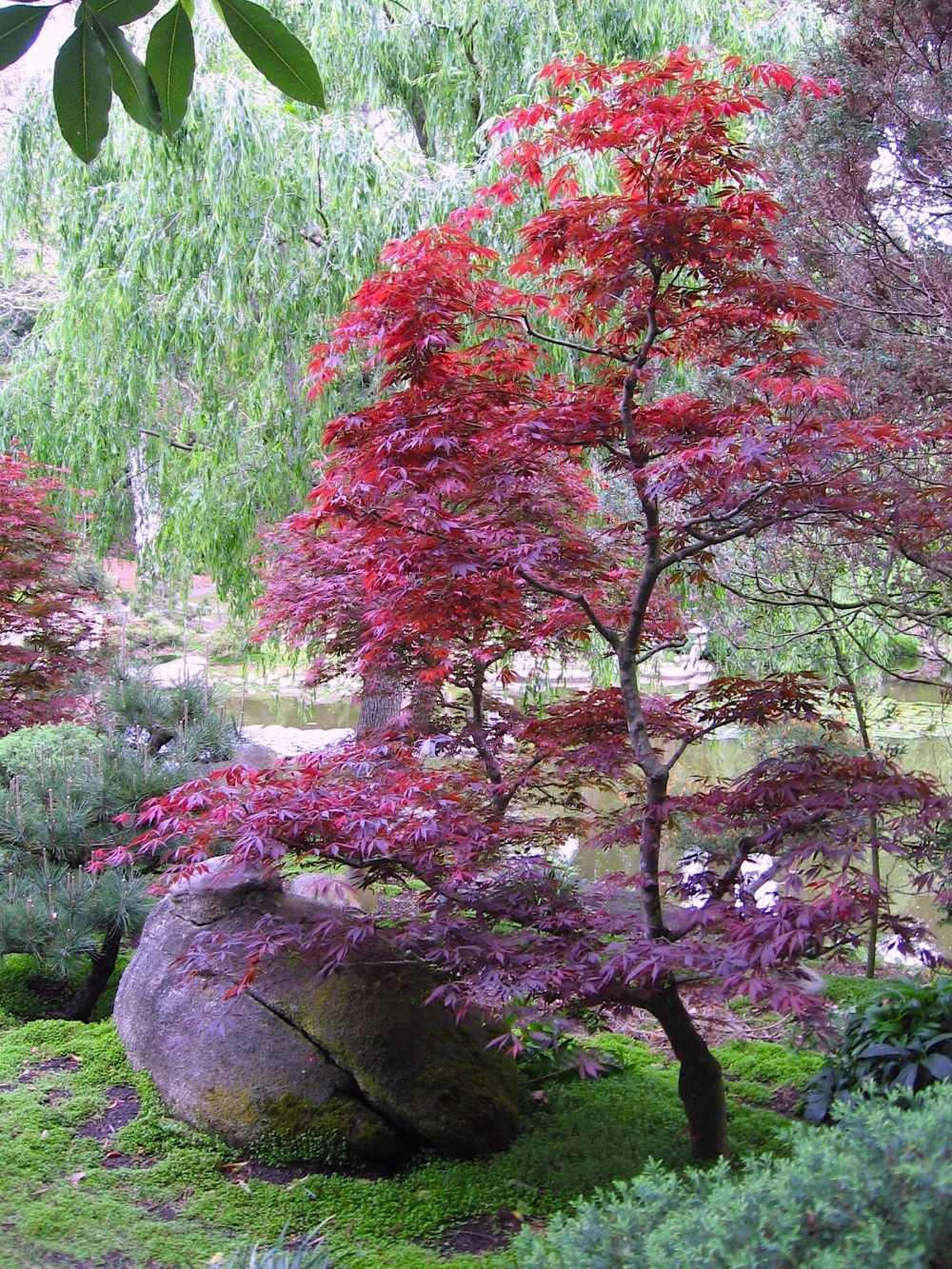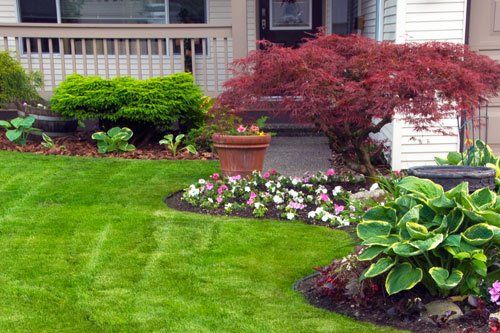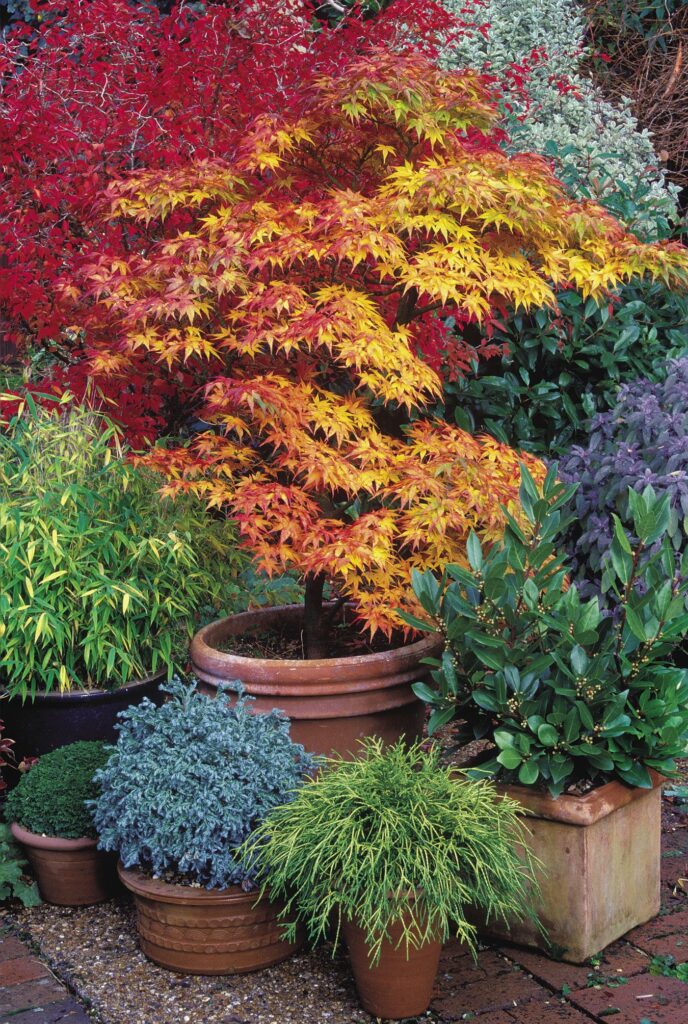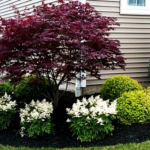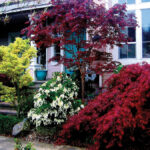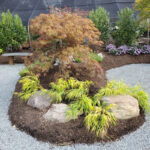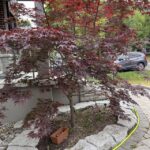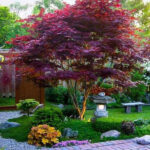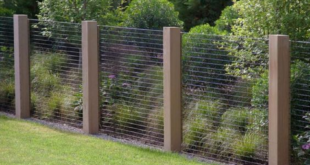Japanese maple trees are a popular choice for landscaping due to their stunning foliage and graceful aesthetic. These trees add a touch of elegance and tranquility to any outdoor space, making them a favorite among homeowners and garden enthusiasts.
When planting a Japanese maple tree, it is important to consider its ideal growing conditions. These trees prefer well-drained, slightly acidic soil and partial shade. Choose a location that receives morning sun and afternoon shade to help protect the tree from scorching in hot summer months.
Pruning is an essential part of maintaining the shape and health of a Japanese maple tree. Regular pruning can help promote new growth, improve air circulation, and prevent disease. It is best to prune Japanese maples in late winter or early spring while the tree is dormant.
In terms of landscaping, Japanese maple trees can be used as a focal point in a garden or as part of a larger planting scheme. They pair nicely with other shade-loving plants such as hostas, ferns, and azaleas. Consider planting Japanese maples in a mixed border or as a backdrop for a water feature to create a serene and picturesque landscape.
Adding mulch around the base of a Japanese maple tree can help retain moisture, suppress weeds, and regulate soil temperature. Use a layer of organic mulch, such as shredded bark or wood chips, and avoid piling it up against the trunk of the tree to prevent rot and disease.
In conclusion, landscaping with Japanese maple trees can enhance the beauty and tranquility of any outdoor space. By providing the right growing conditions, regular pruning, and thoughtful planting design, you can create a stunning landscape that showcases the elegance of these beloved trees.
 yishifashion Where Outdoor Dreams Become Reality
yishifashion Where Outdoor Dreams Become Reality
